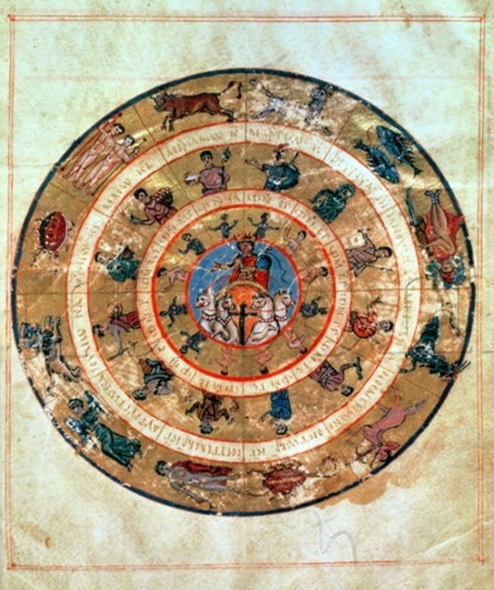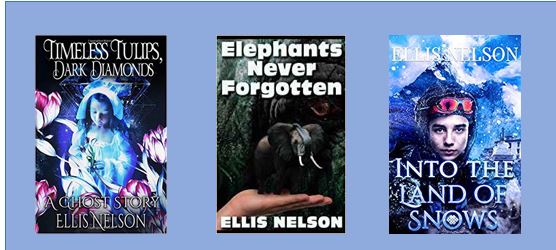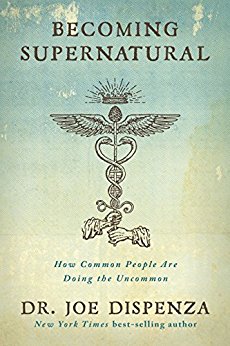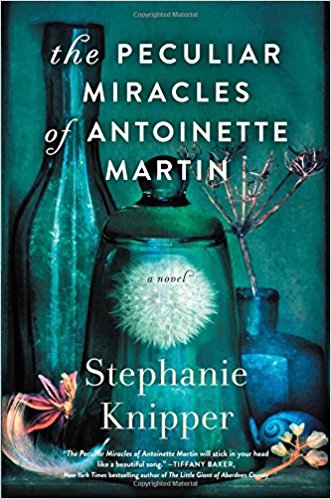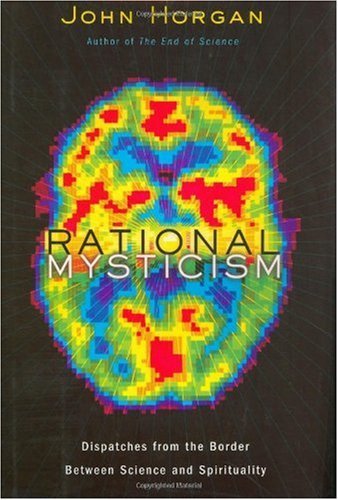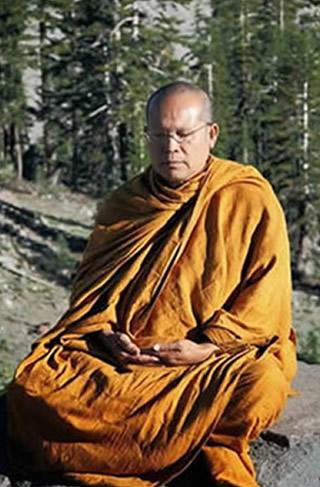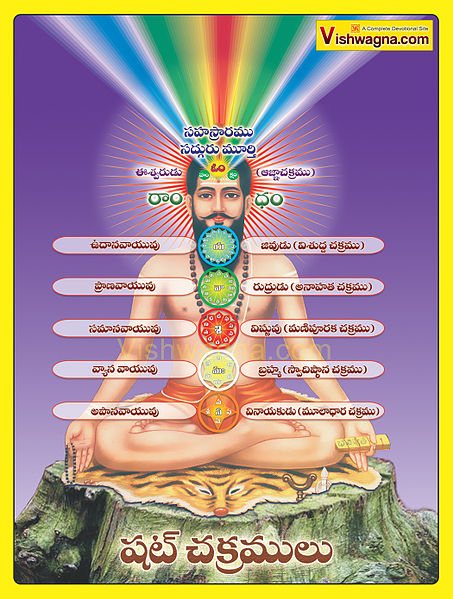by Vianna Stibal

This is a book I’ve had sitting on my shelf for some years and only recently began reading. It offers insights into healing that seem to resonate with Reiki and with the work of Bruce Lipton (The Biology of Belief). It offers an intriguing underlying framework but while researching a few things, some alarm bells sounded as several lawsuits have surfaced involving the author and the practice. Since there are many books out on Stibal’s patented method of healing and many who offer these services in the US and abroad, I think it’s at least worth surveying the overall process to foster an understanding of what it is. All accounts of its efficacy are in the form of testimonials and one small study indicates practitioners couldn’t generate the theta state (*).
The Theta Healing technique involves a process by which the practitioner uses techniques to enter a deep, relaxed state of theta brain waves. Everyone passes through the theta state before we sleep so this shouldn’t be seen as exotic. People who practice meditation can achieve this but whether what the book describes is sufficient to eventually produce consistent results, again is open to question. But let’s assume with enough practice and understanding, it is. In this state, the practitioner is at a level Stibal calls the “Seventh Plane of Existence.” From here commands to the “Creator” can be made to change health and belief systems. Crucial to the healing is that the Practitioner witness the healing or the change in the belief system. Once this has been done, the healing is complete and energetic separation is made. This witnessing aspect is reminiscent of quantum mechanics where the wave function requires a witness.

The Theta Healing technique can be used for physical or emotional healing and a large portion of the book is devoted to describing how beliefs can be changed or released. Beliefs can be held at four different levels and each needs to be addressed in order for the belief to be fully addressed.
Core level- (held in the frontal lobe) beliefs instilled during childhood
Genetic level- (stored around physical DNA) beliefs carried from ancestors or added in this life
Historical level- (held in auric field) beliefs from past lives, deep genetic memory, or collective consciousness
Soul level- (held at heart chakra and outward) beliefs encompassing all that the person is
Counseling as well as muscle testing methods are used to uncover beliefs that form negative programs and hold an individual back. Each belief needs the client’s permission for removal or change. All negative beliefs must be checked on all four levels. Practitioners can remove or change negative programs by accessing the theta state and using a command protocol similar to what was outlined above. Stibal repeatedly addresses ethical questions on respecting clients wishes and differences throughout the book.
Theta Healing is a complicated system where the practitioner takes on a lot of responsibility. Stibal has written many books that expand on the basic techniques. She teaches workshops around the country and abroad. There is probably a practitioner near you if you live near a major US city. The technique is available and it’s interesting. Whether or not it’s effective, is hard to say. To use the technique, I think a degree in counseling psychology would be minimum because it involves so much client interaction. Of course, more research on the method and into the theta state itself would be helpful.
*https://www.mcgill.ca/oss/article/pseudoscience/thetahealingr-money-youll-spend-never-existed
REIKI DISTANCE HEALING TREATMENTS: I’d like to offer my services to readers of the blog. Anyone interested in receiving a Reiki distance treatment can contact me at: ellisnelson@gmx.com. I will provide additional information via email. To honor the exchange practice of Reiki, you will be asked to make a $25 donation to your favorite charity.
To find my books, follow the link below.








